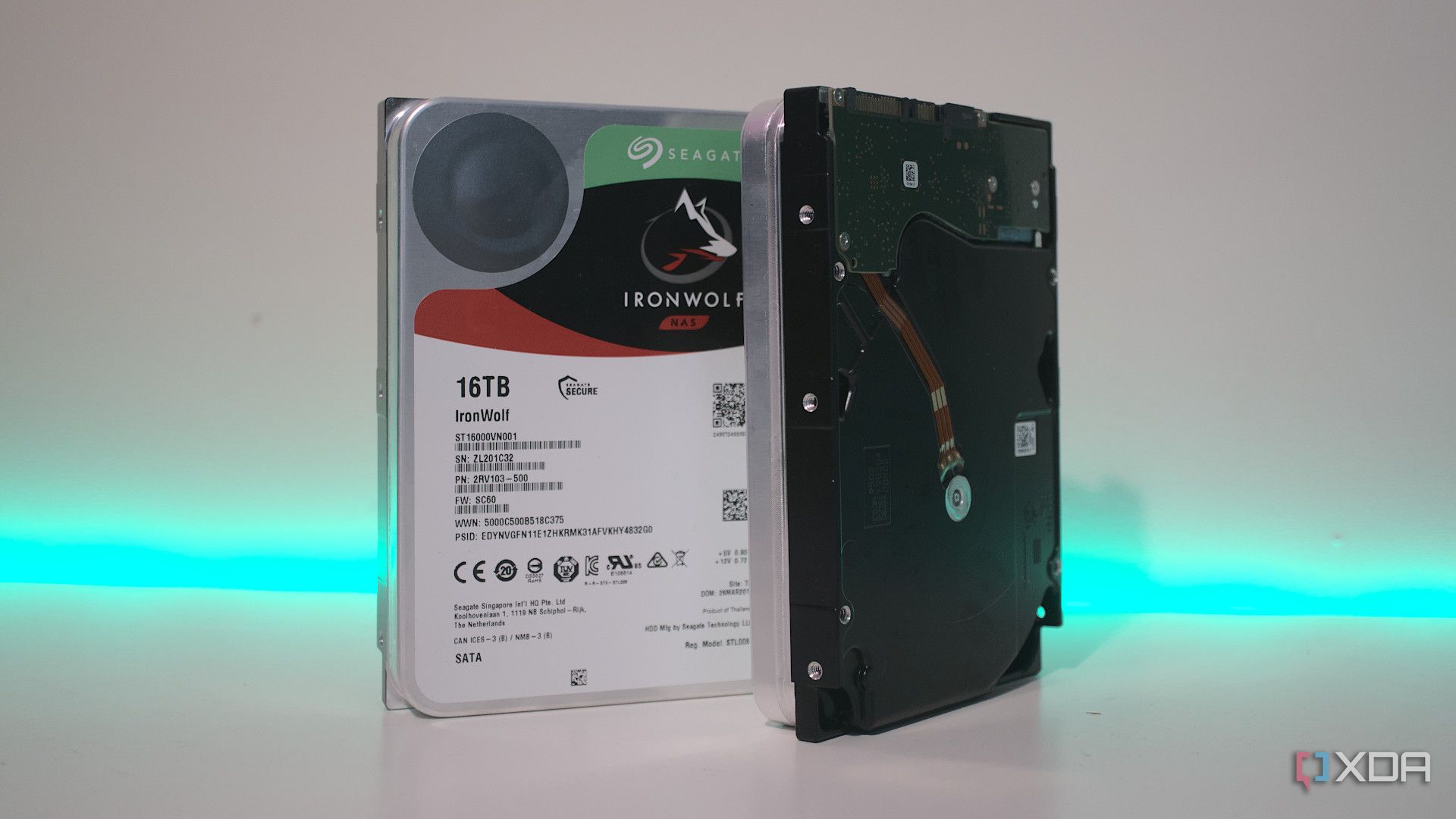Top Stories
Urgent Update: 4 Common RAID Myths Busted Today!

UPDATE: New reports confirm that many users are falling prey to common misconceptions about RAID (Redundant Array of Independent Disks) setups, jeopardizing their data protection strategies. This urgent advisory aims to clarify these myths and help users optimize their home lab environments.
As of October 2023, experts emphasize that RAID is not a foolproof solution for data safety. While it can enhance storage availability and fault tolerance, RAID configurations are often confused with data protection. This misconception can lead to disastrous outcomes, particularly for newcomers to data management.
MYTH 1: “RAID arrays can protect your files.” While certain RAID setups, like RAID 1, do provide mirrored copies of data, RAID is not a substitute for regular backups. Accidental file overwrites, ransomware attacks, and silent data corruption can leave users vulnerable. Experts unanimously advise prioritizing backups over RAID arrays to ensure complete data recovery.
MYTH 2: “All RAID levels provide redundancy.” This is misleading. Only RAID 1 and RAID 10 offer true data mirroring. Parity-based systems, such as RAID 5 and RAID 6, use parity bits to help rebuild arrays but do not provide full copies of files. RAID 0, while improving write speeds, actually increases the risk of data loss—there’s no redundancy at all.
MYTH 3: “You’ll need dedicated RAID cards.” Recent developments in software RAID technology, particularly with ZFS, have made it far more accessible. For home users, software RAID can deliver sufficient performance without the need for costly hardware RAID controllers. This shift allows beginners to avoid potential pitfalls associated with hardware RAID recovery, which can be complex and costly.
MYTH 4: “You’re safe as long as you have a high-level RAID array.” This is a dangerous assumption. While RAID setups do offer some fault tolerance, the number of drive failures your array can withstand varies by configuration. For example, a RAID 1 can survive one drive failure but may lead to complete data loss if a second drive fails during replacement. Experts recommend having a hot spare on hand to mitigate risks.
As the home lab ecosystem evolves, staying informed about these RAID myths is critical for anyone managing data. Experts urge users to reassess their RAID setups and ensure they are equipped with proper backup strategies to avoid potential data disasters.
Stay tuned for more updates as we continue to monitor developments in data protection and RAID technology. Share this information to help others safeguard their data now!
-

 Science2 weeks ago
Science2 weeks agoInventor Achieves Breakthrough with 2 Billion FPS Laser Video
-

 Top Stories2 weeks ago
Top Stories2 weeks agoCharlie Sheen’s New Romance: ‘Glowing’ with Younger Partner
-

 Business2 weeks ago
Business2 weeks agoTyler Technologies Set to Reveal Q3 Earnings on October 22
-

 Entertainment2 weeks ago
Entertainment2 weeks agoDua Lipa Aces GCSE Spanish, Sparks Super Bowl Buzz with Fans
-

 World2 weeks ago
World2 weeks agoR&B Icon D’Angelo Dies at 51, Leaving Lasting Legacy
-

 Health2 weeks ago
Health2 weeks agoCurium Group, PeptiDream, and PDRadiopharma Launch Key Cancer Trial
-

 Health2 weeks ago
Health2 weeks agoCommunity Unites for 7th Annual Into the Light Walk for Mental Health
-

 Entertainment2 weeks ago
Entertainment2 weeks agoRed Sox’s Bregman to Become Free Agent; Tigers Commit to Skubal
-

 Health2 weeks ago
Health2 weeks agoNorth Carolina’s Biotech Boom: Billions in New Investments
-

 Entertainment2 weeks ago
Entertainment2 weeks agoMother Fights to Reunite with Children After Kidnapping in New Drama
-

 Science2 weeks ago
Science2 weeks agoNorth Carolina’s Biotech Boom: Billions Invested in Manufacturing
-

 Top Stories3 weeks ago
Top Stories3 weeks agoDisney+ Launches Chilling Classic ‘Something Wicked’ Just in Time for October









